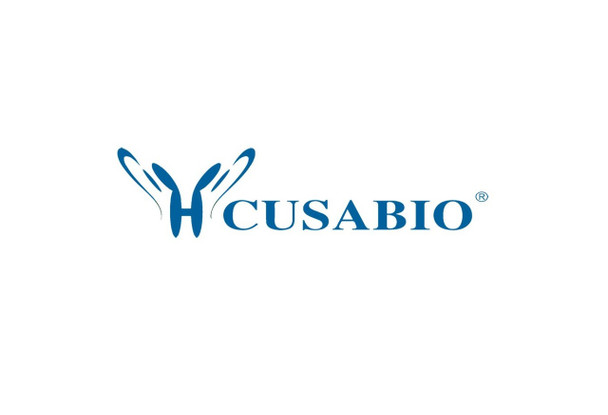Cusabio Virus & Bacteria Recombinants
Recombinant Venezuelan equine encephalitis virus Polyprotein P1234, partial | CSB-EP327527VAU
- SKU:
- CSB-EP327527VAU
- Availability:
- 3 - 7 Working Days
Description
Recombinant Venezuelan equine encephalitis virus Polyprotein P1234, partial | CSB-EP327527VAU | Cusabio
Alternative Name(s): Non-structural polyprotein
Gene Names: N/A
Research Areas: others
Organism: Venezuelan equine encephalitis virus (strain 3880) (VEEV)
AA Sequence: MVDGASCCLDTASFCPAKLRSFPKKHSYLEPTIRSAVPSAIQNTLQNVLAAATKRNCNVTQMRELPVLDSAAFNVECFKKYACNNEYWETFKENPIRLTEENVVNYITKLKGPKAAALFAKTHNLNMLQDIPMDRFVMDLKRDVKVTPGTKHTEERPKVQVIQAADPLATAYLCGIHRELVRRLNAVLLPNIHTLFDMSAEDFDAIIAEHFQPGDCVLETDIASFDKSEDDAMALTALMILEDLGVDAELLTLIEAAFGEISSIHLPTKTKFKFGAMMKSGMFLTLFVNTVINIVIASRVLRERLTGSPCAAFIGDDNIVKGVKSDKLMADRCATWLNMEVKIIDAVVGEKAPYFCGGFILCDSVTGTACRVADPLKRLFKLGKPLAADDEHDDDRRRALHEESTRWNRVGILPELCKAVESRYETVGTSIIVMAMTTLASSVKSFSY
Source: E.coli
Tag Info: N-terminal 6xHis-tagged
Expression Region: 2028-2475aa
Sequence Info: Partial
MW: 55.7 kDa
Purity: Greater than 85% as determined by SDS-PAGE.
Relevance: RNA-directed RNA polymerase nsP4: RNA dependent RNA polymerase (By similarity). Replicates genomic and antigenomic RNA by recognizing replications specific signals. The early replication complex formed by the polyprotein P123 and nsP4 synthesizes minus-strand RNAs (By similarity). The late replication complex composed of fully processed nsP1-nsP4 is responsible for the production of genomic and subgenomic plus-strand RNAs (By similarity).
Reference: "Genetic evidence that epizootic Venezuelan equine encephalitis (VEE) viruses may have evolved from enzootic VEE subtype I-D virus." Kinney R.M., Tsuchiya K.R., Sneider J.M., Trent D.W. Virology 191:569-580(1992)
Storage: The shelf life is related to many factors, storage state, buffer ingredients, storage temperature and the stability of the protein itself. Generally, the shelf life of liquid form is 6 months at -20?/-80?. The shelf life of lyophilized form is 12 months at -20?/-80?.
Notes: Repeated freezing and thawing is not recommended. Store working aliquots at 4? for up to one week.
Function:
Involvement in disease:
Subcellular Location:
Protein Families:
Tissue Specificity:
Paythway:
Form: Liquid or Lyophilized powder
Buffer: If the delivery form is liquid, the default storage buffer is Tris/PBS-based buffer, 5%-50% glycerol. If the delivery form is lyophilized powder, the buffer before lyophilization is Tris/PBS-based buffer, 6% Trehalose, pH 8.0.
Reconstitution: We recommend that this vial be briefly centrifuged prior to opening to bring the contents to the bottom. Please reconstitute protein in deionized sterile water to a concentration of 0.1-1.0 mg/mL.We recommend to add 5-50% of glycerol (final concentration) and aliquot for long-term storage at -20?/-80?. Our default final concentration of glycerol is 50%. Customers could use it as reference.
Uniprot ID: P36327
HGNC Database Link: N/A
UniGene Database Link: N/A
KEGG Database Link: N/A
STRING Database Link: N/A
OMIM Database Link: N/A









